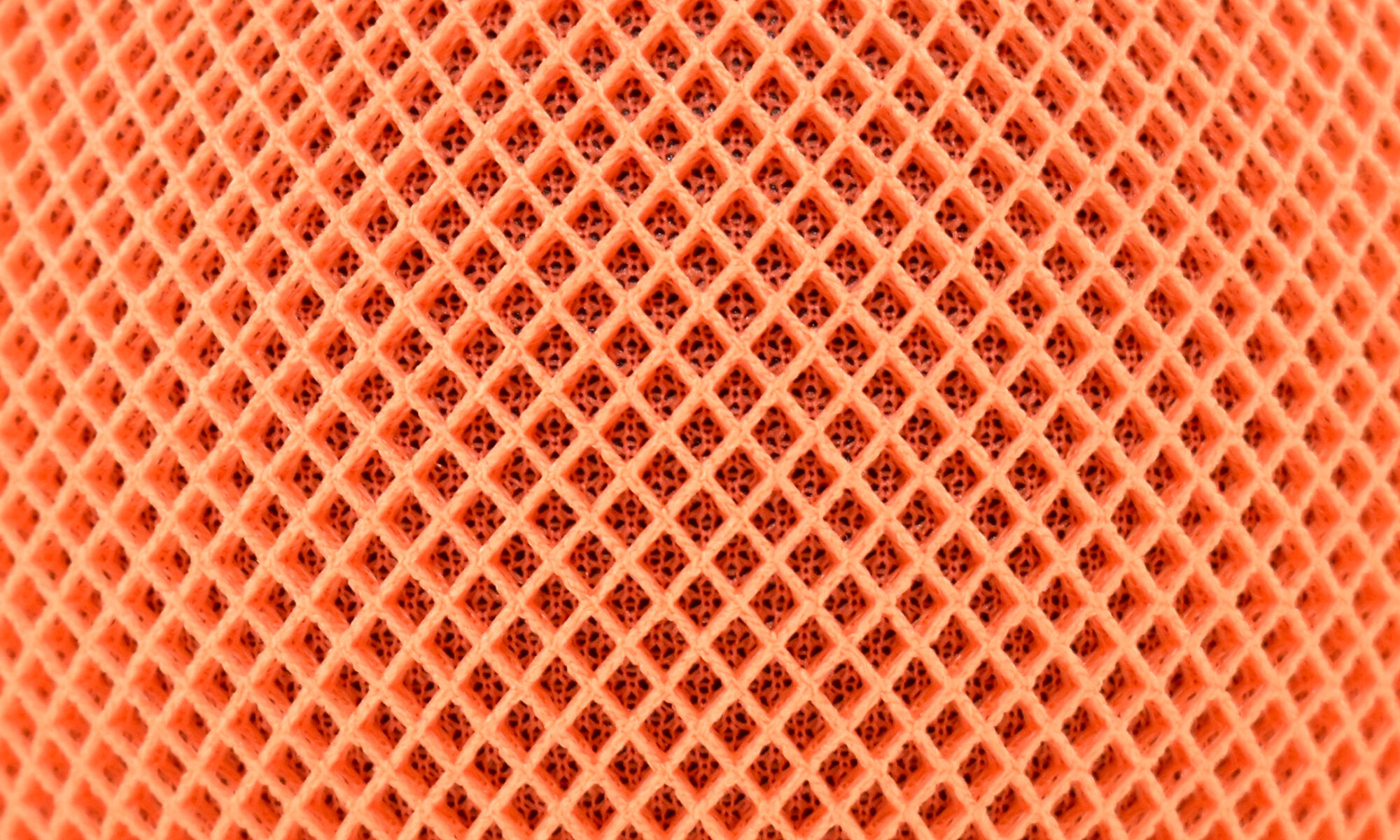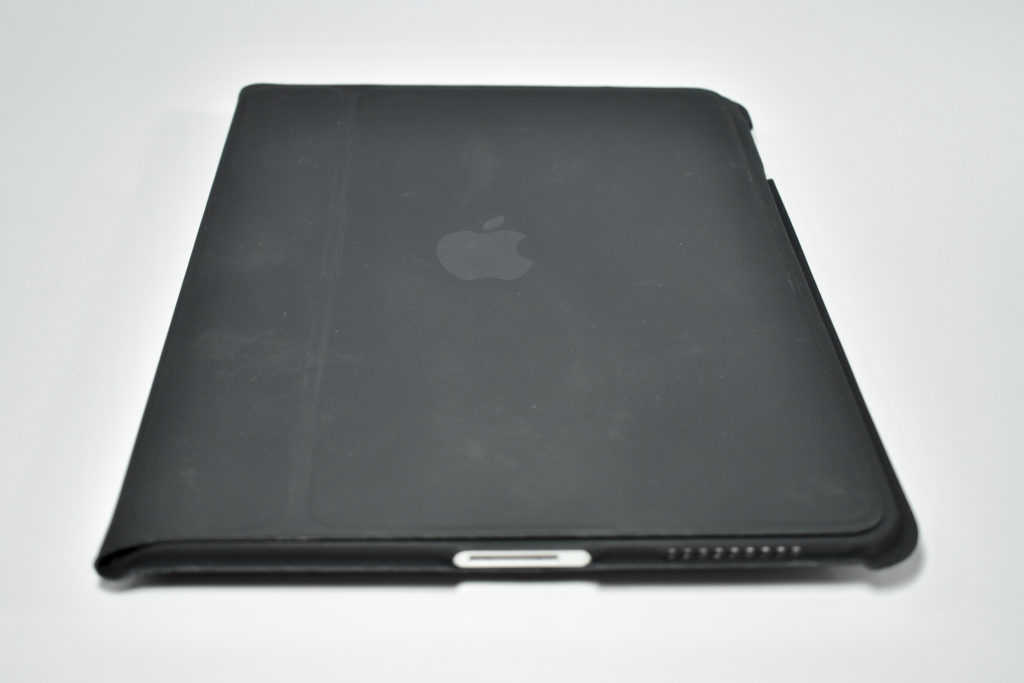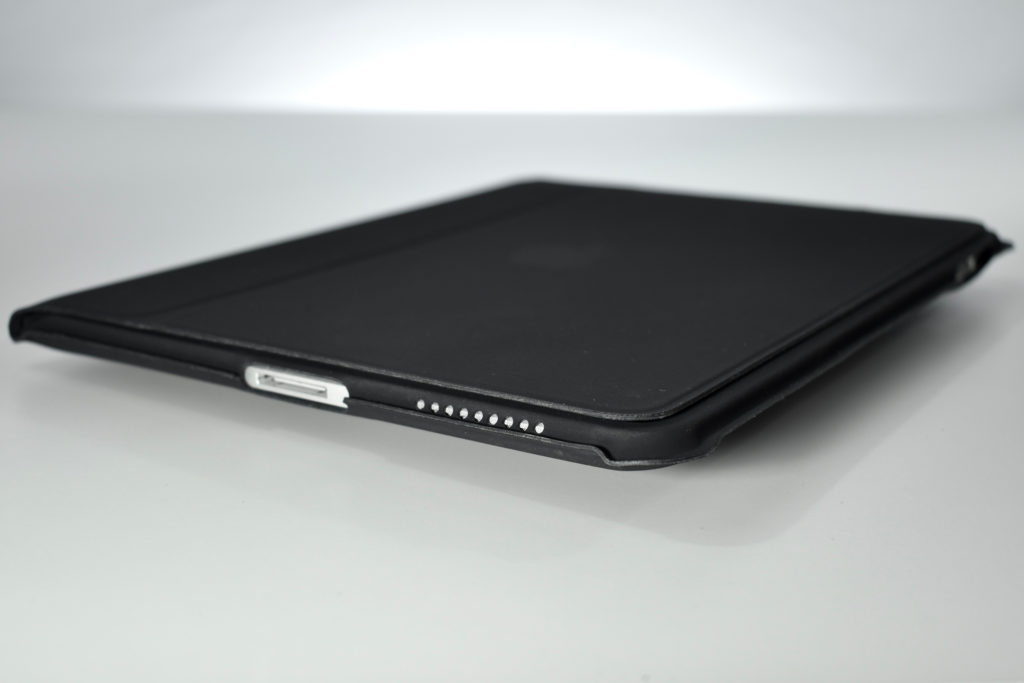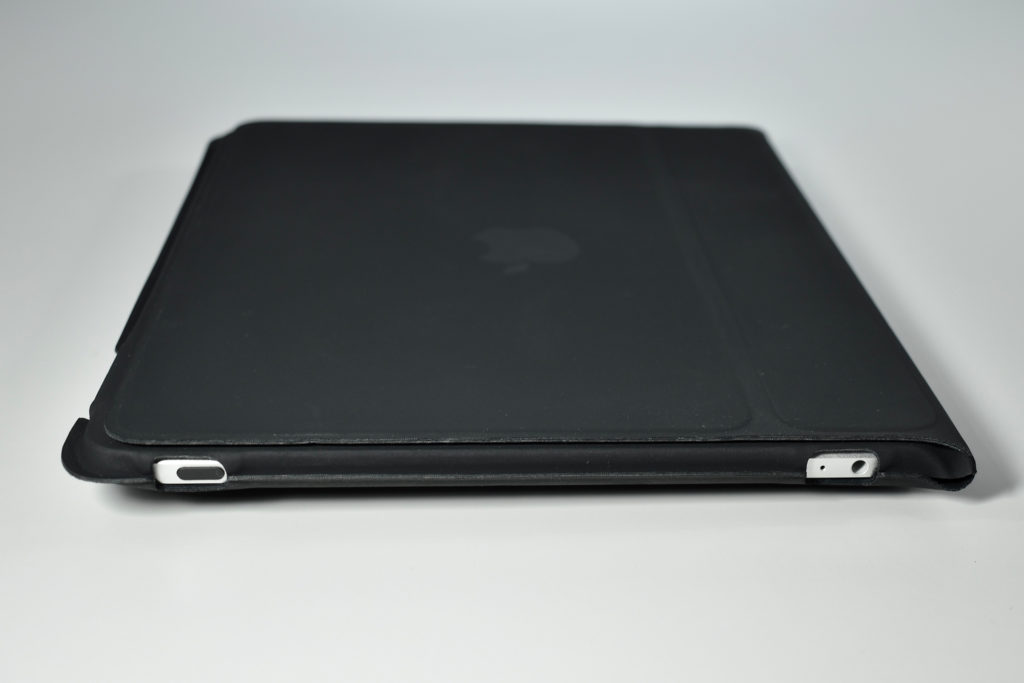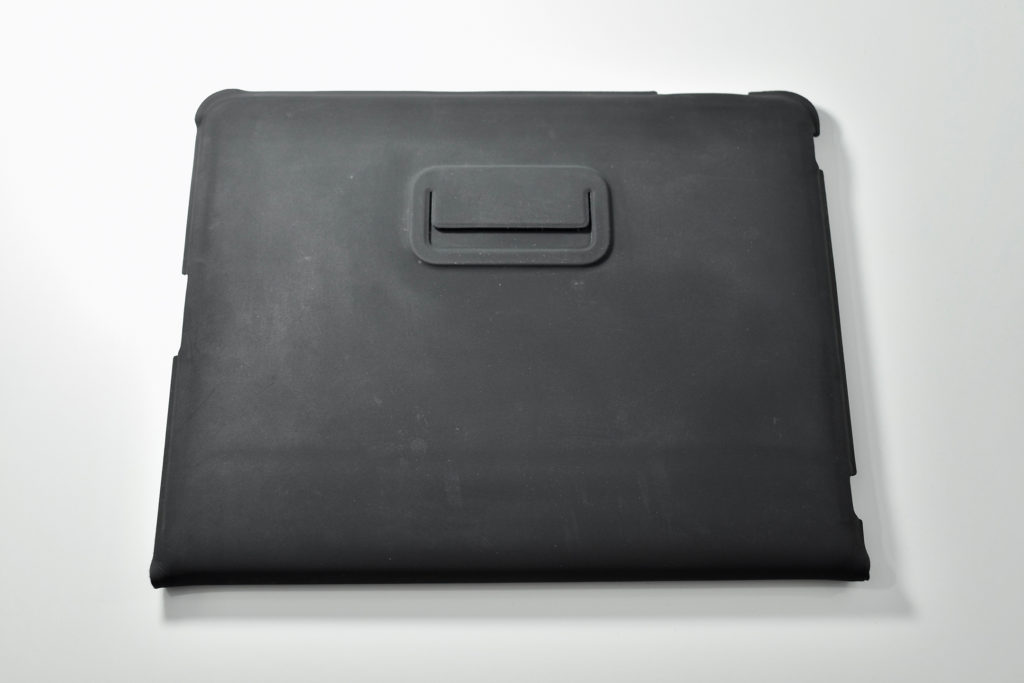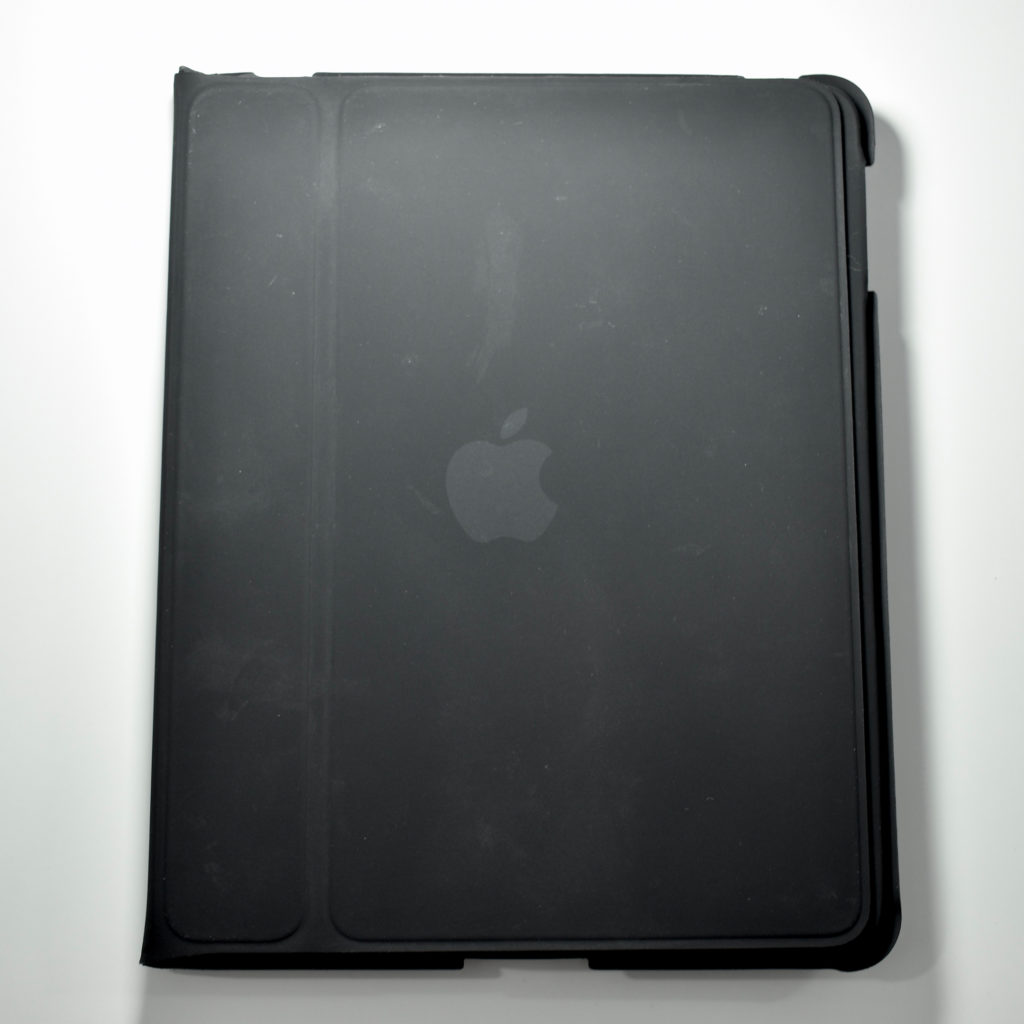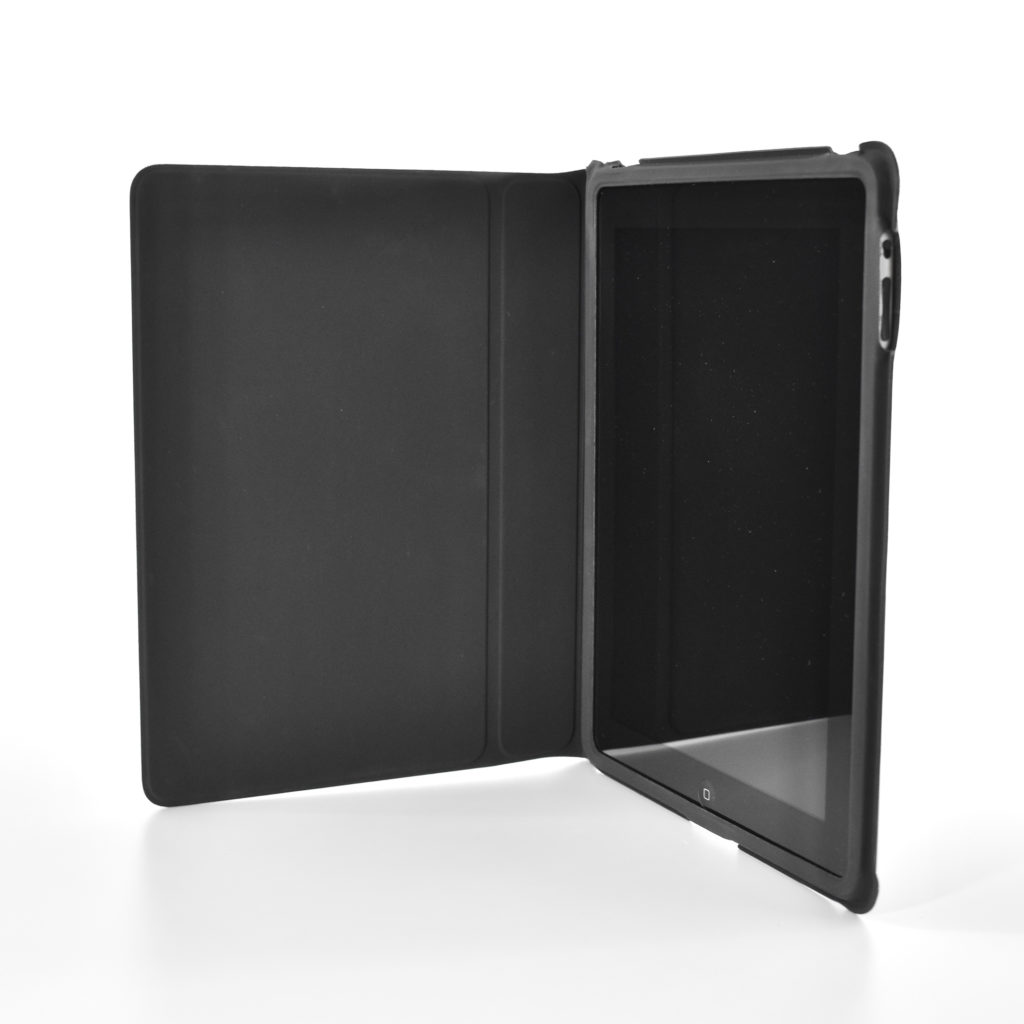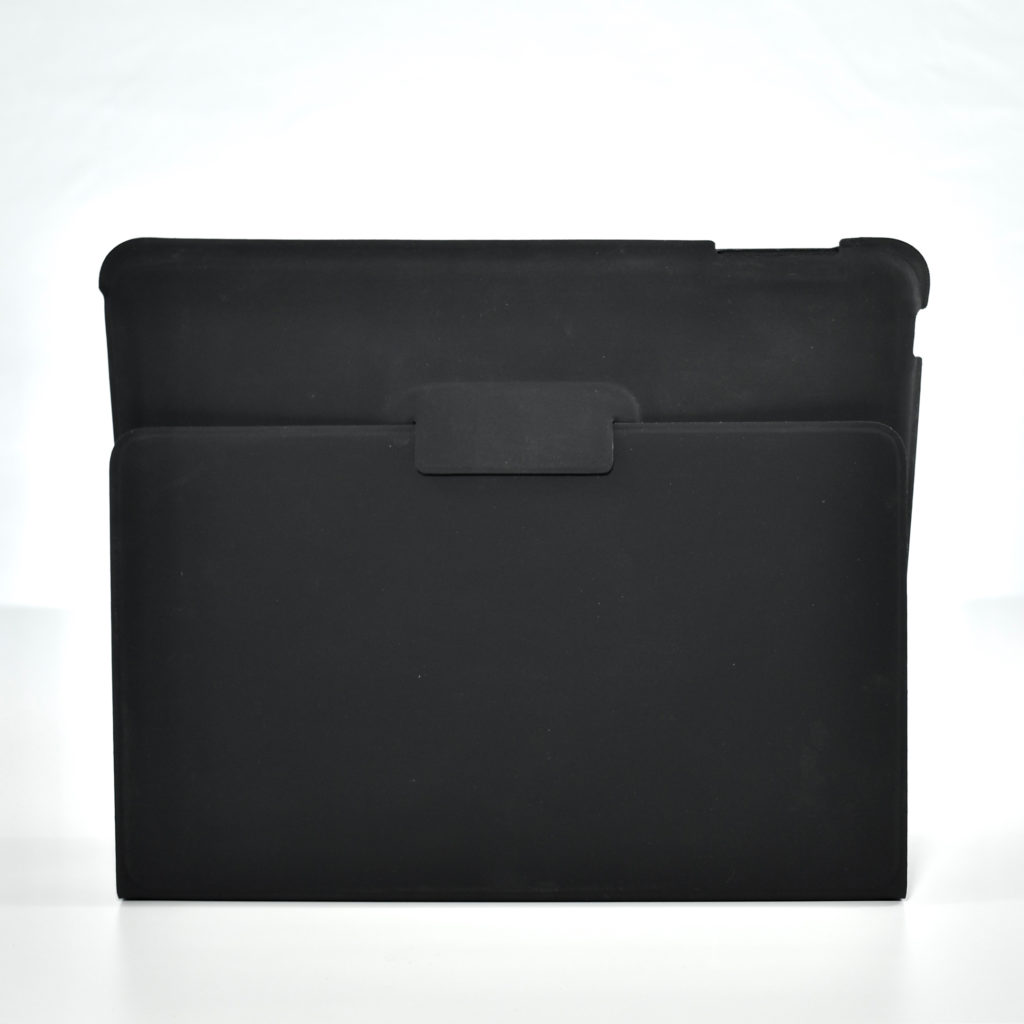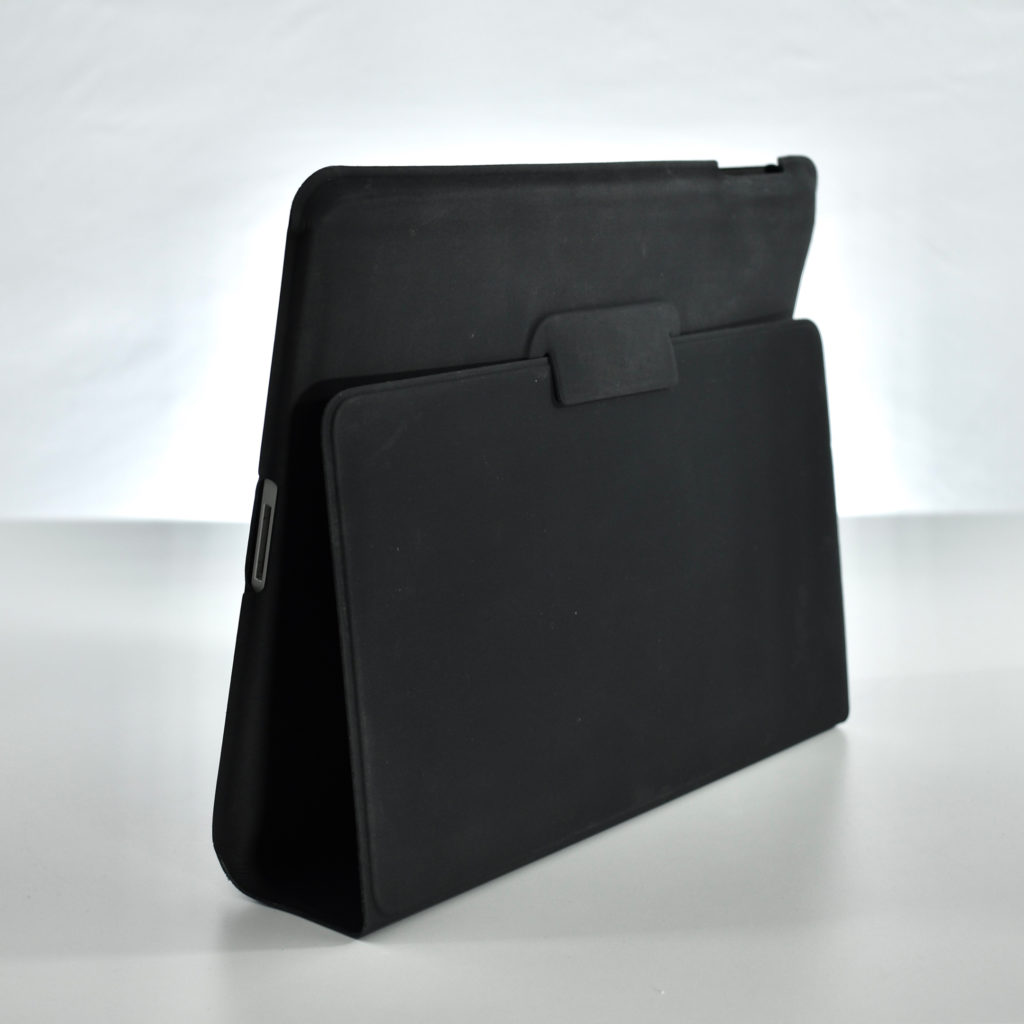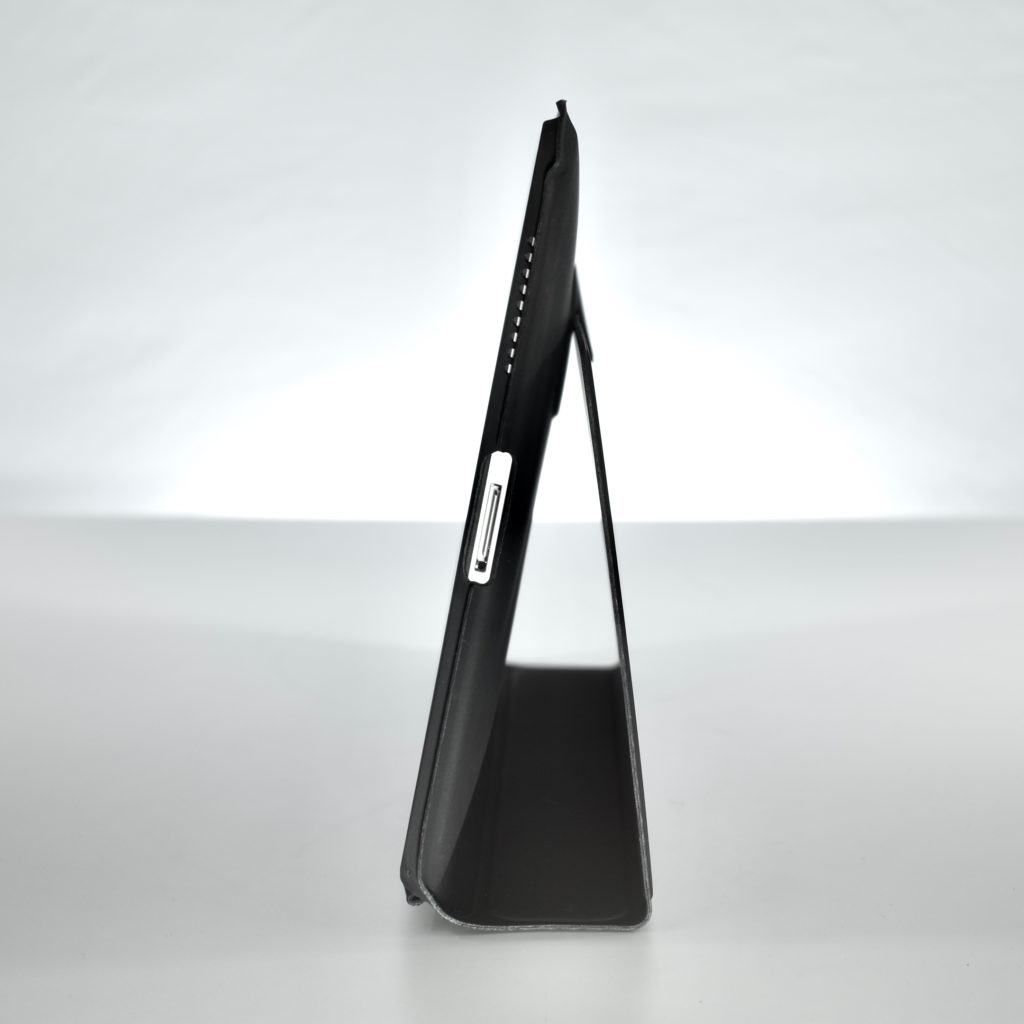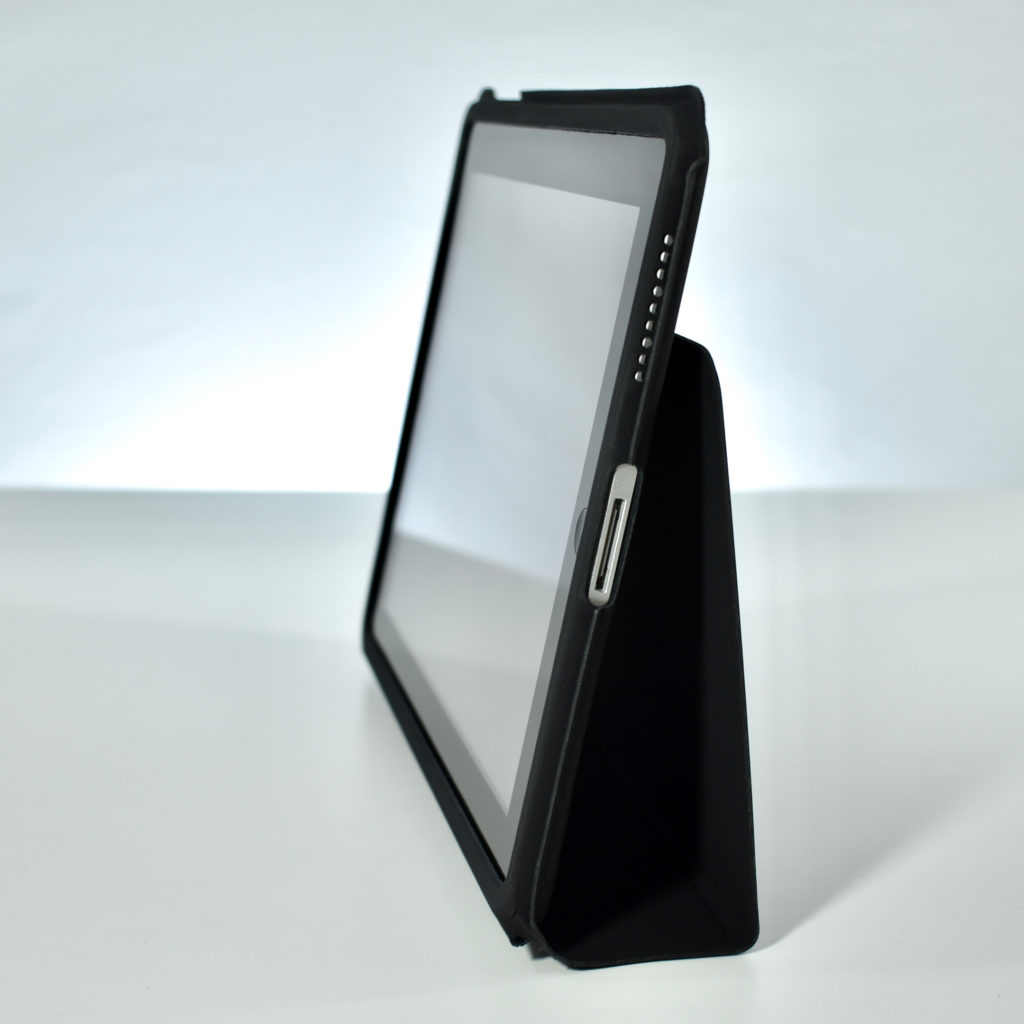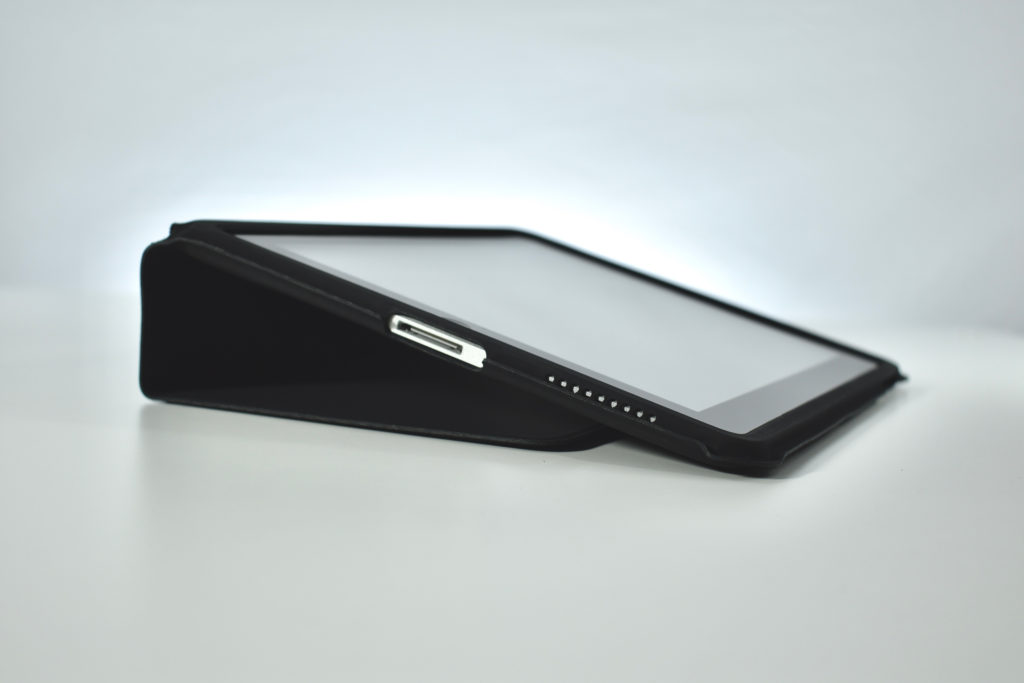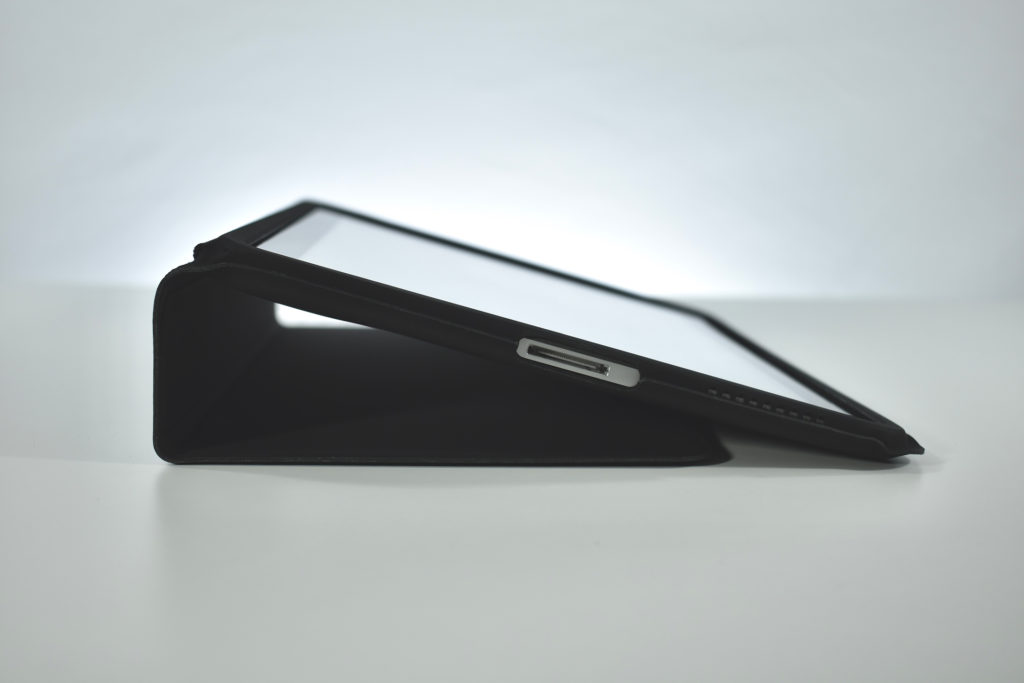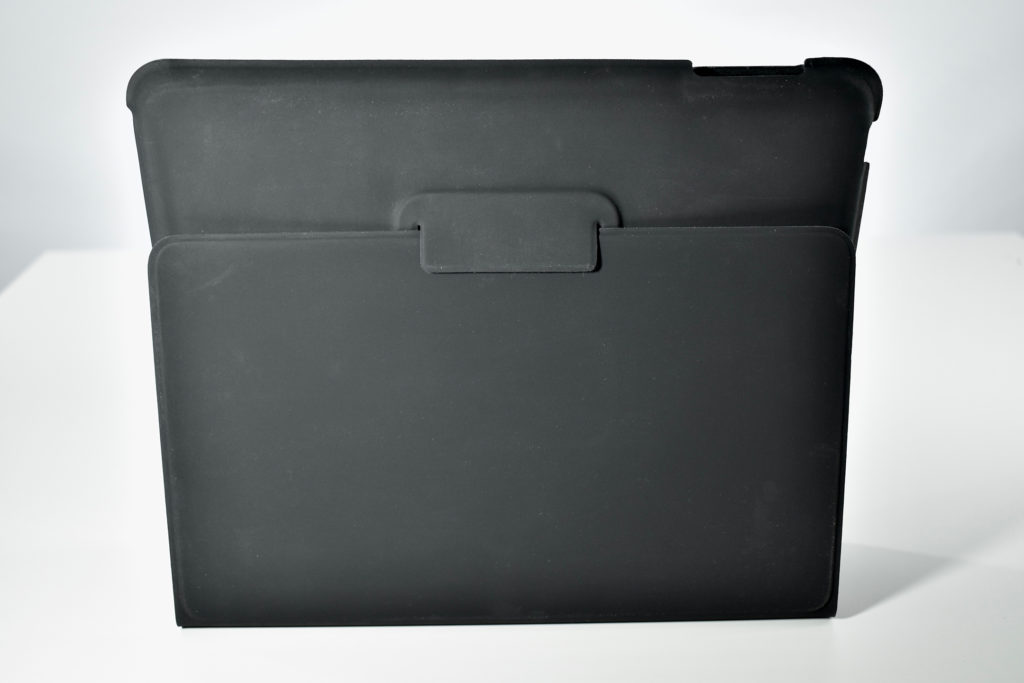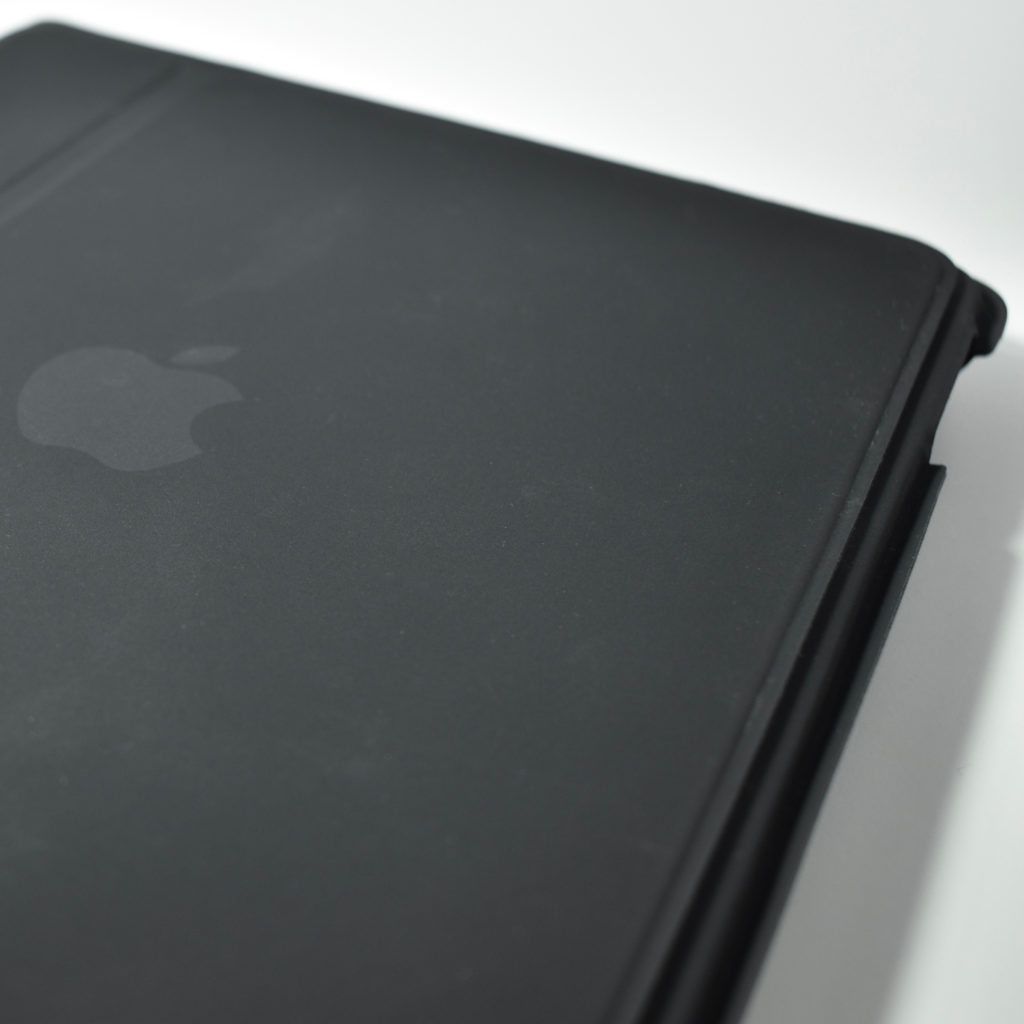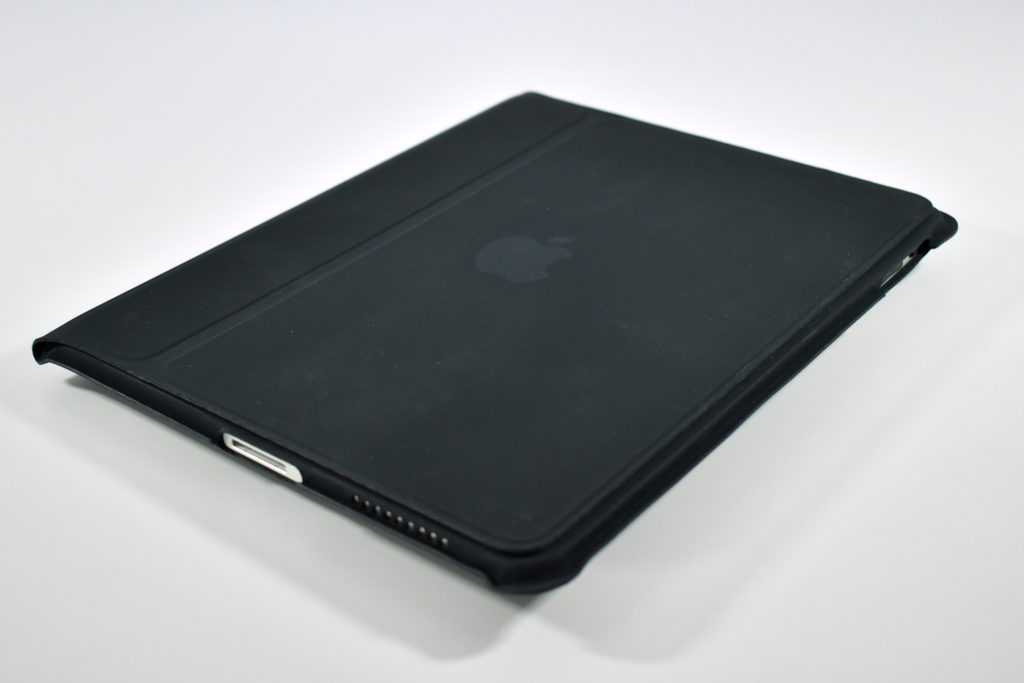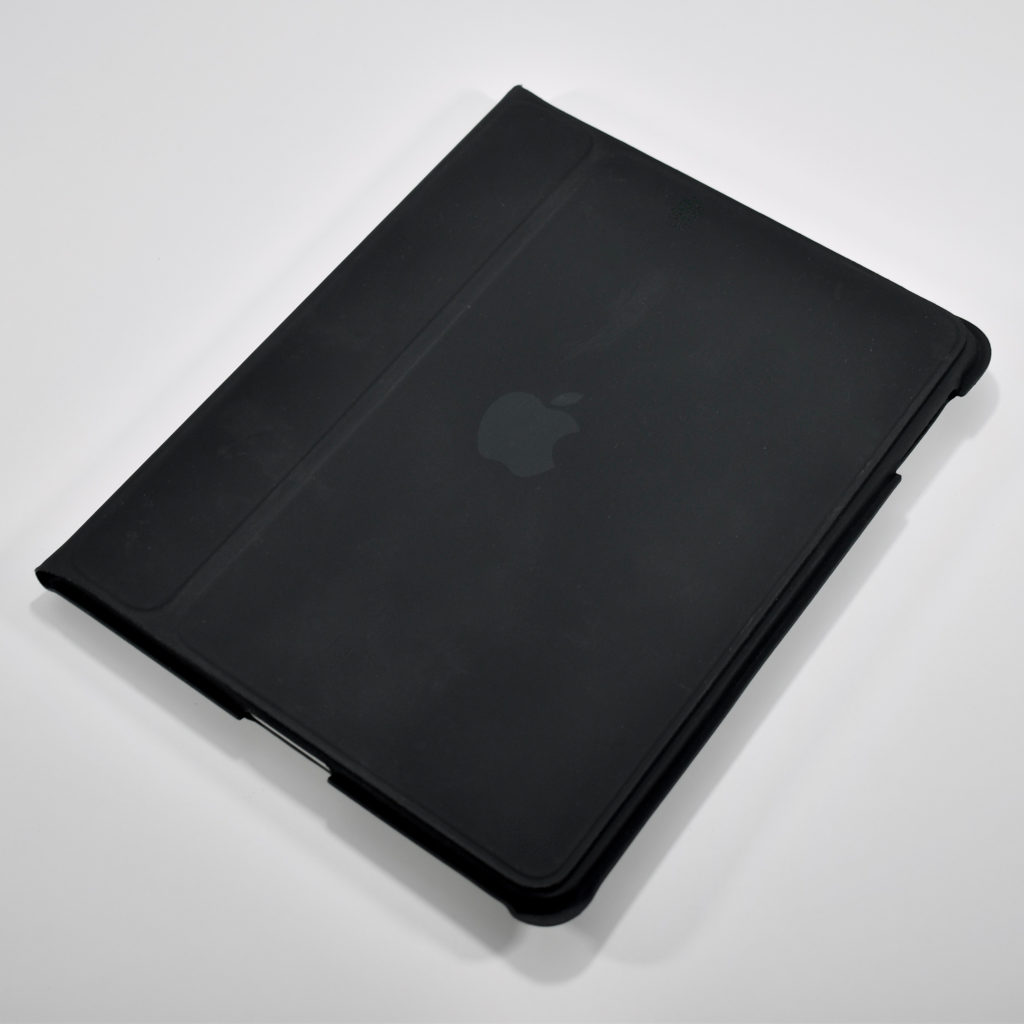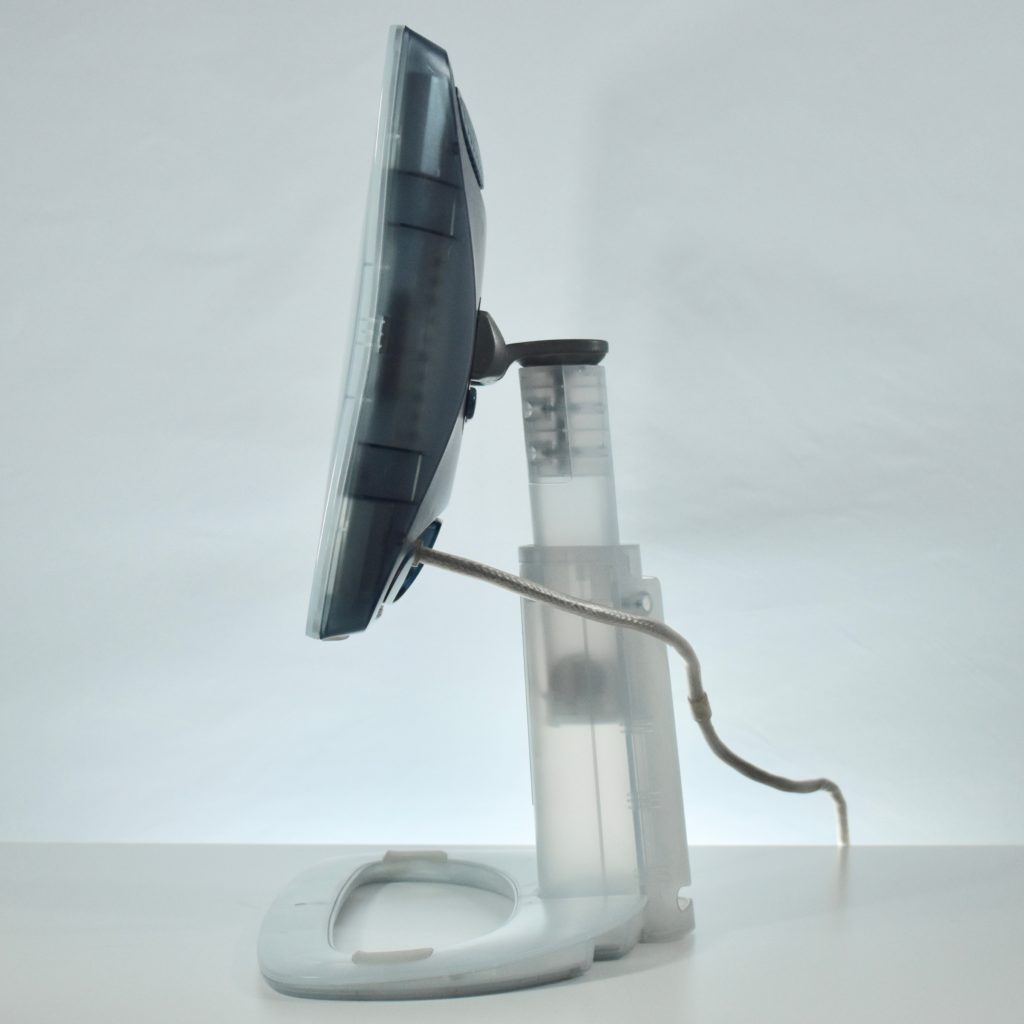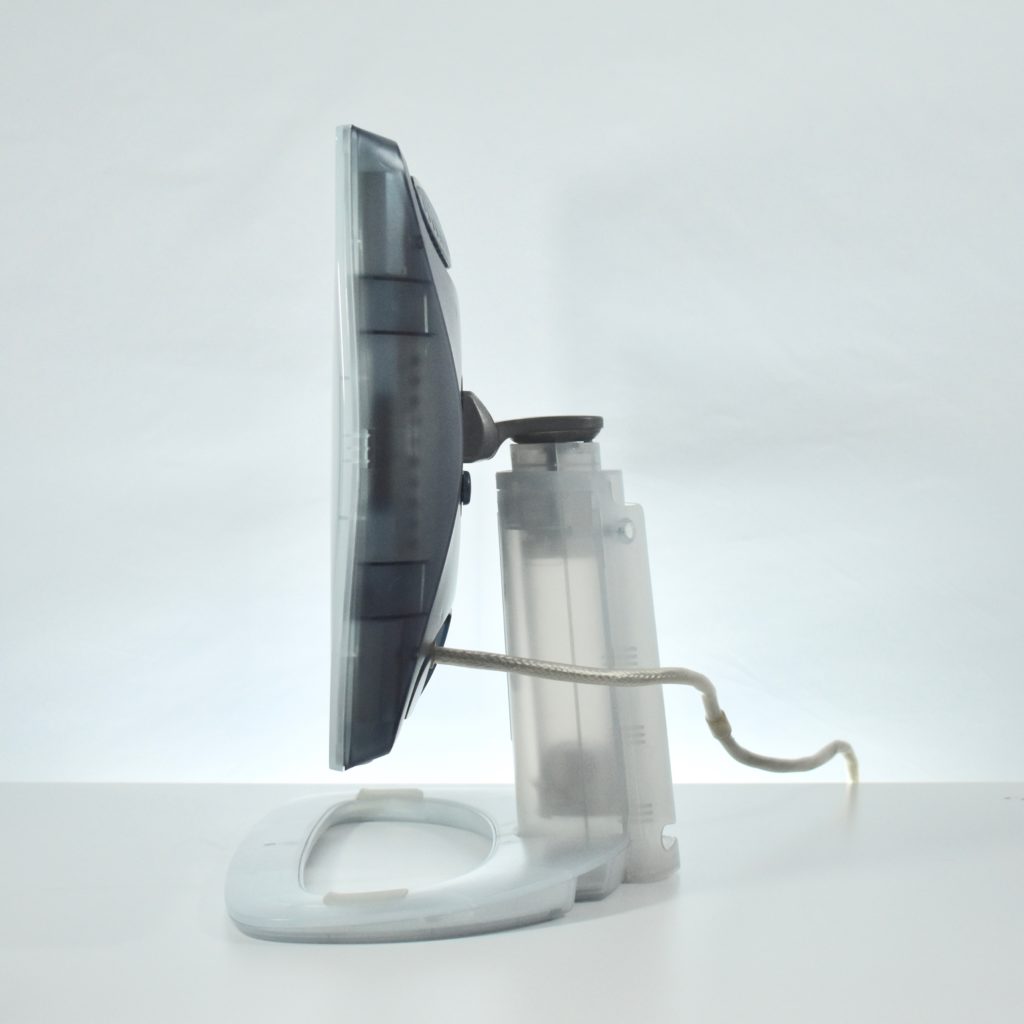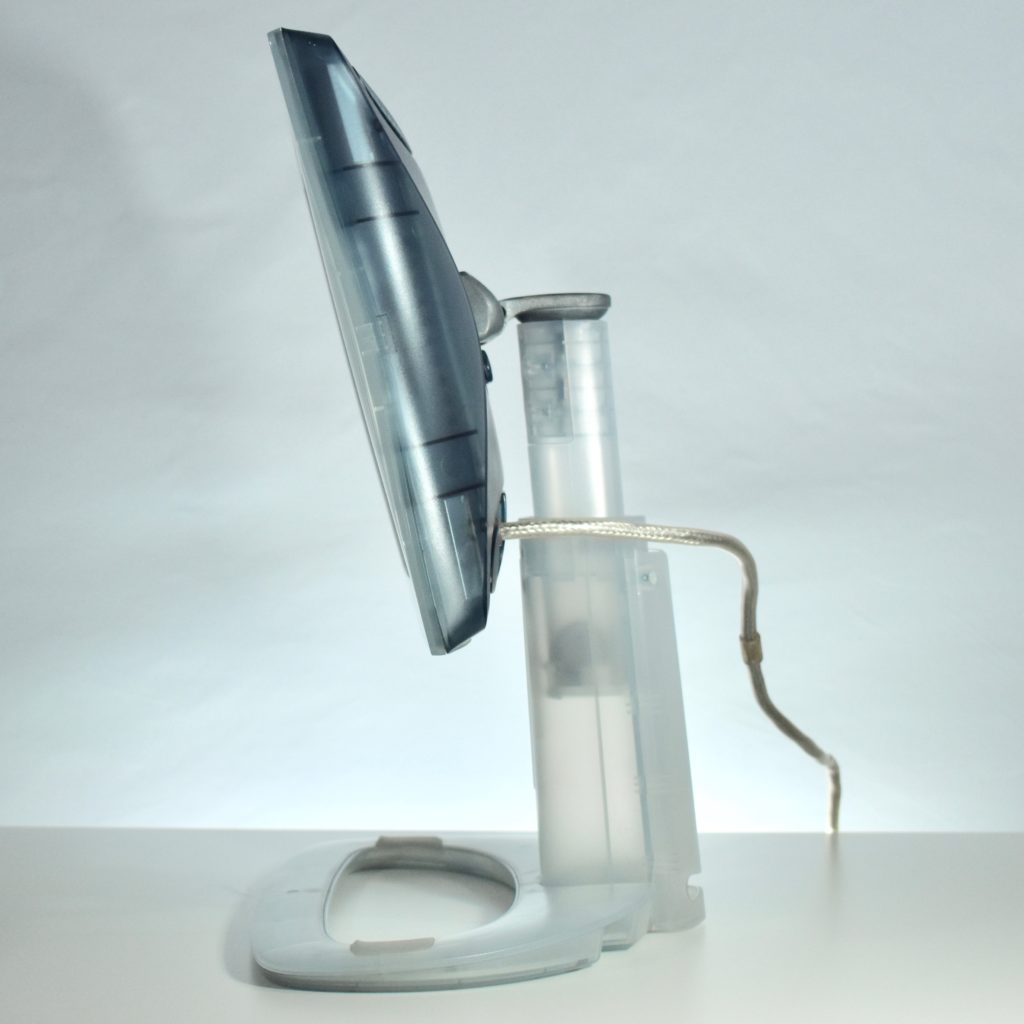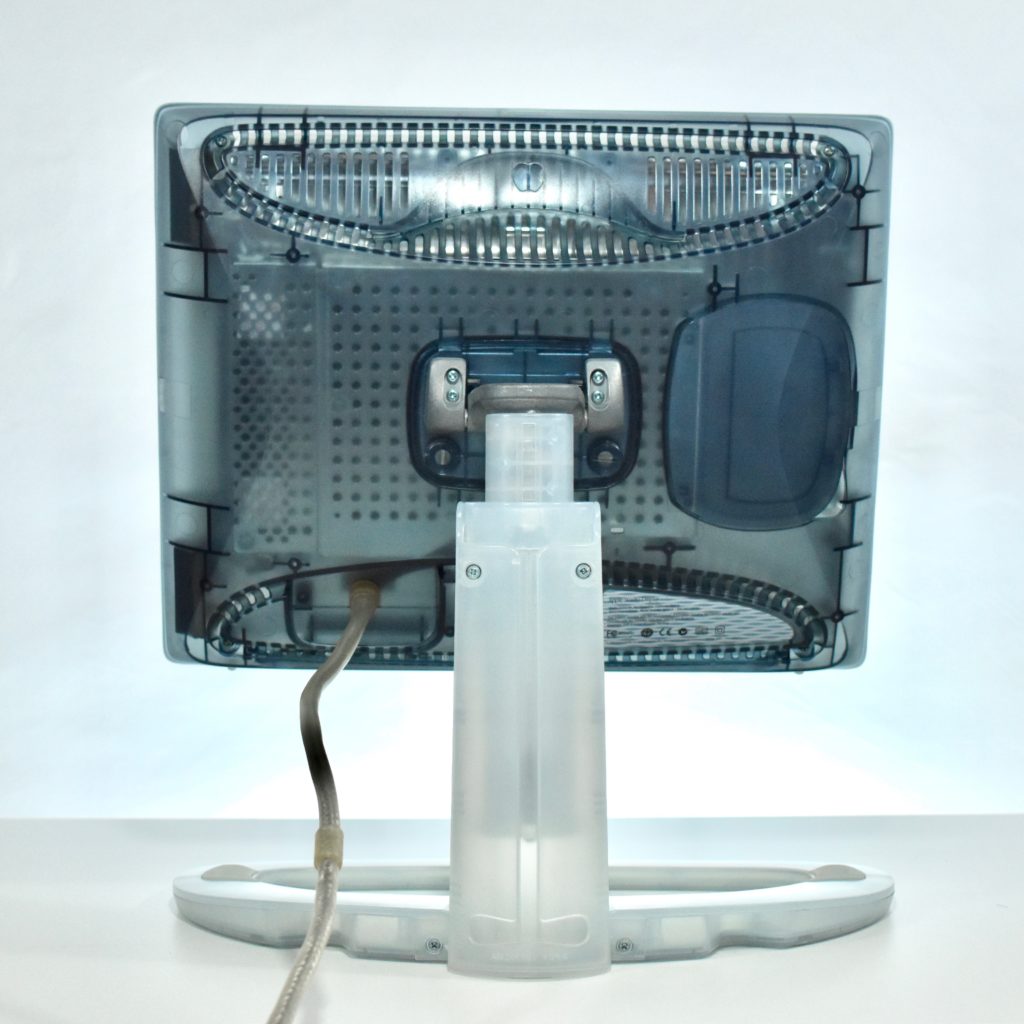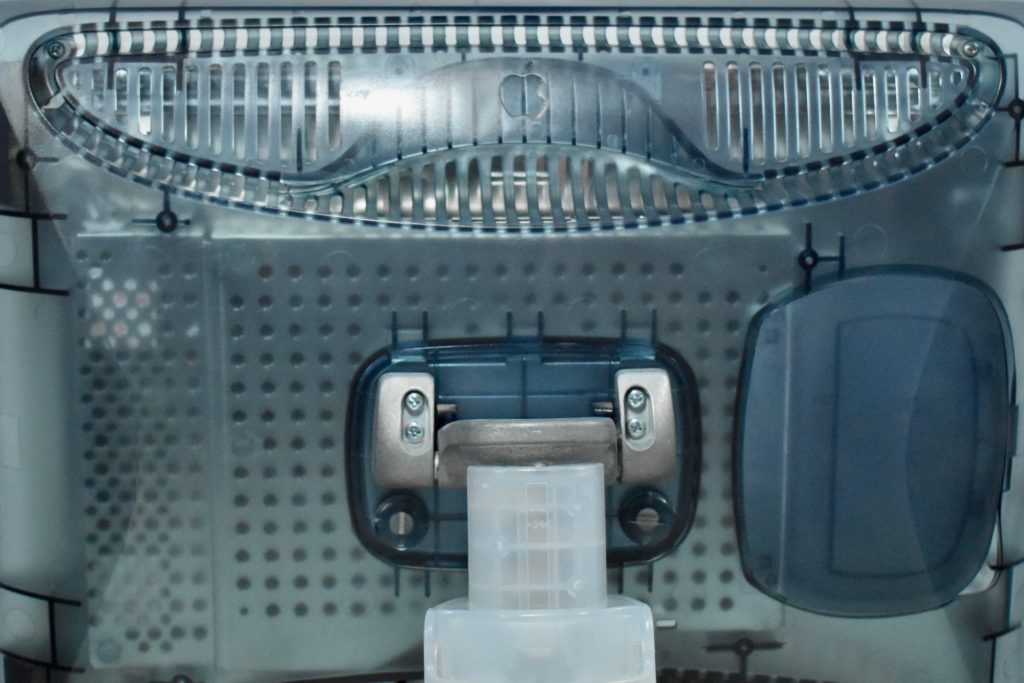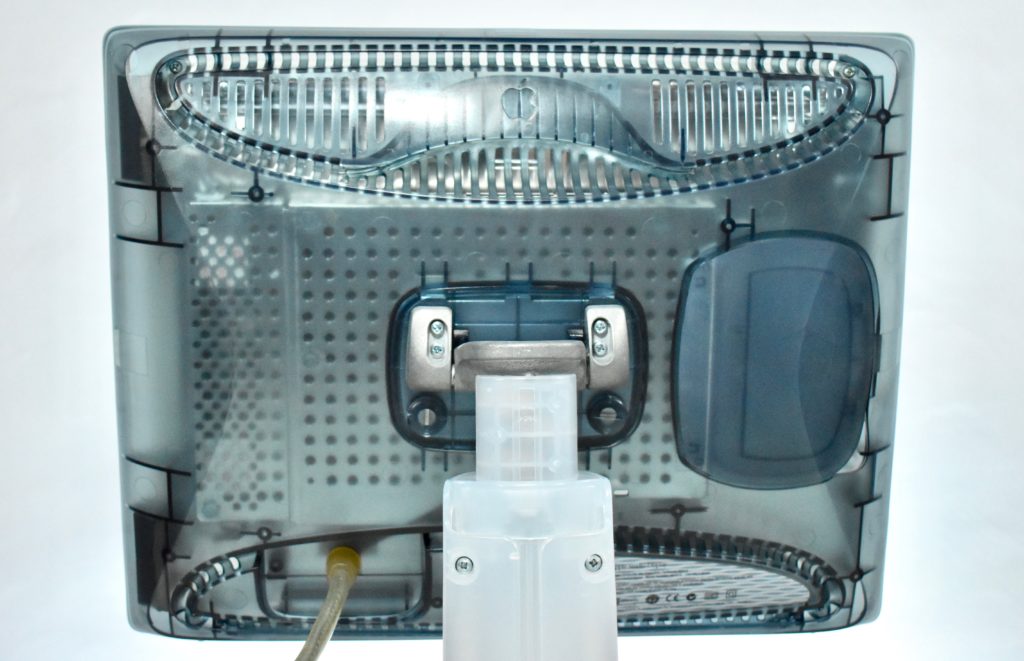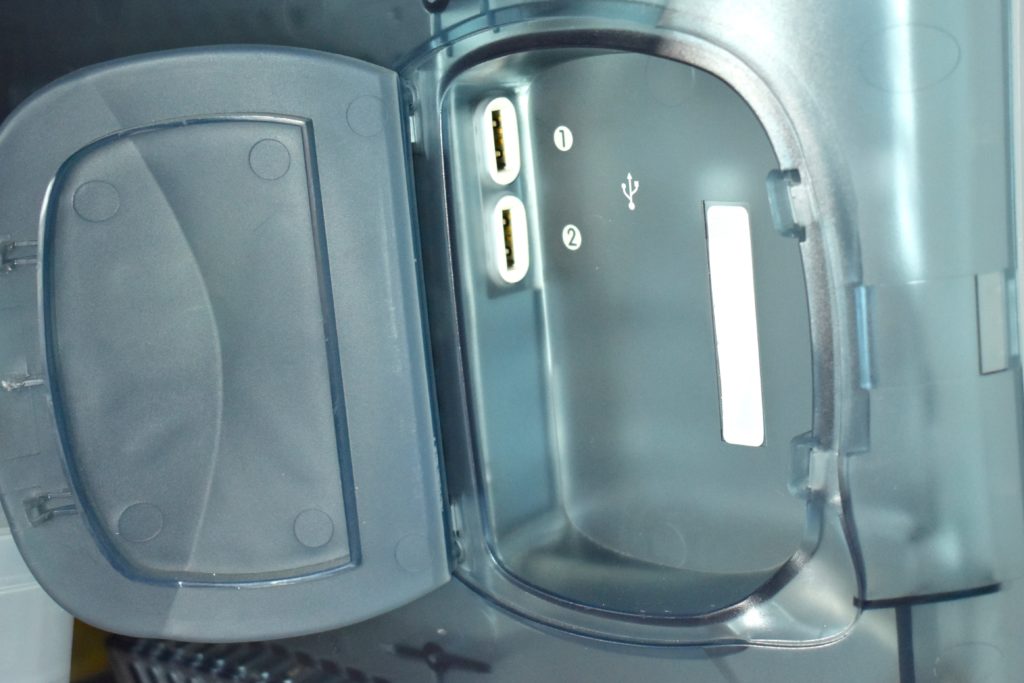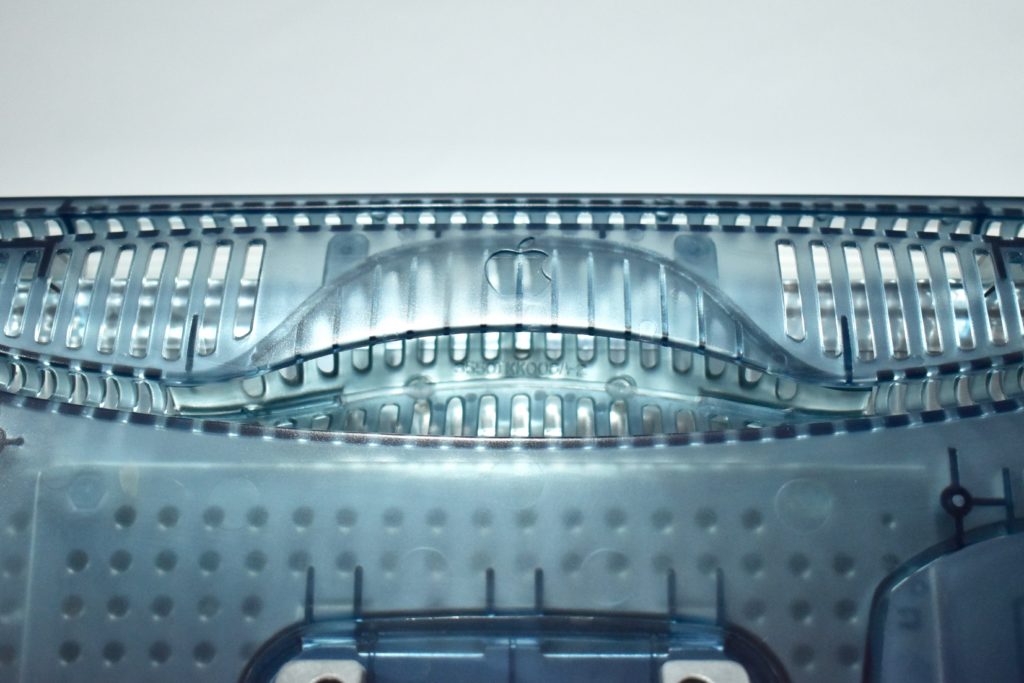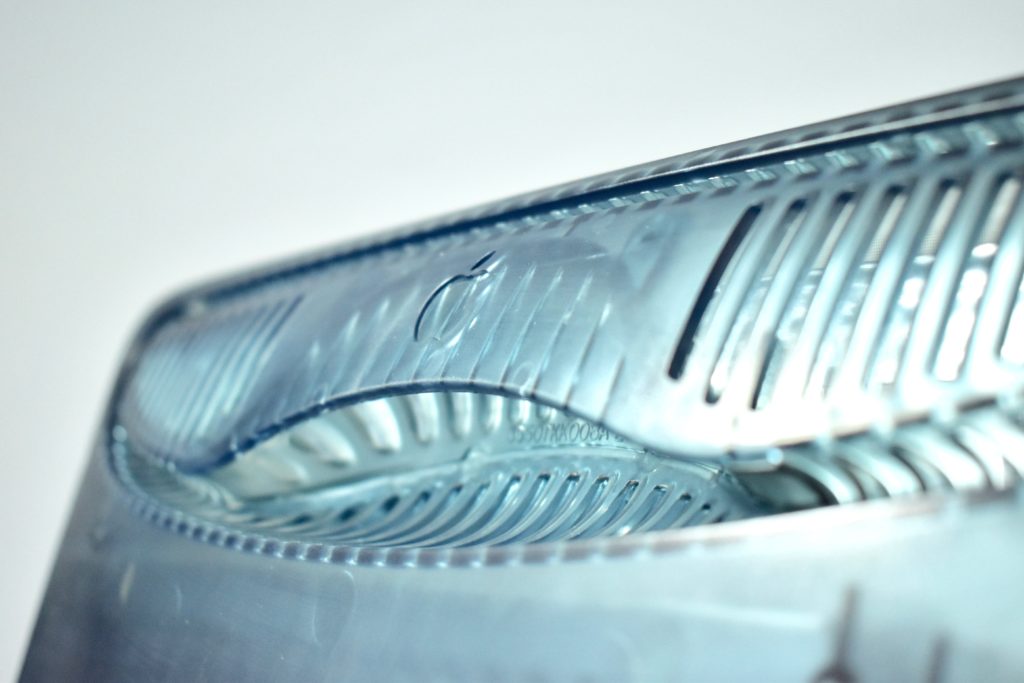This iPad Case was the only case made by Apple upon release of the original iPad in 2010. Like the iPhone case market, iPad cases became—and continue to be—a major business for both Apple and third-party manufacturers. Then and now, Apple’s case offerings vary in reviewer reception.
This original iPad Case was described by iLounge as a design in the middle of the pack. Specifically they state, “Using a protective lid…that folds around the back to become a prop-up video stand, the case is made from vinyl-like PVC plastic and has a microfiber interior. It’s designed to provide access to the device’s side buttons, headphone port…exposing the screen when you want to flip the lid open.” iLounge also correctly points out that the material “gathers marks and dirt in ways that no other case does, and the flip-closed front isn’t secured to the rest of the case in any way.”
This case, despite my best efforts at cleaning it, indeed suffers from marks that could not be removed. However, the original iPad that it was protecting was in perfect condition, thus speaking to its effectiveness at protecting the device.
The iLounge reviewer likes the case’s ability to fold and become a stand for viewing video. Interestingly, the reviewer overlooks the case’s ability to be flipped and set at a lower angle to make typing easier. This oversight is not unusual for 2010 when the iPad was often viewed only as a content consumption device, rather than acknowledging that it could also be used effectively for content creation.
Source: iLounge
